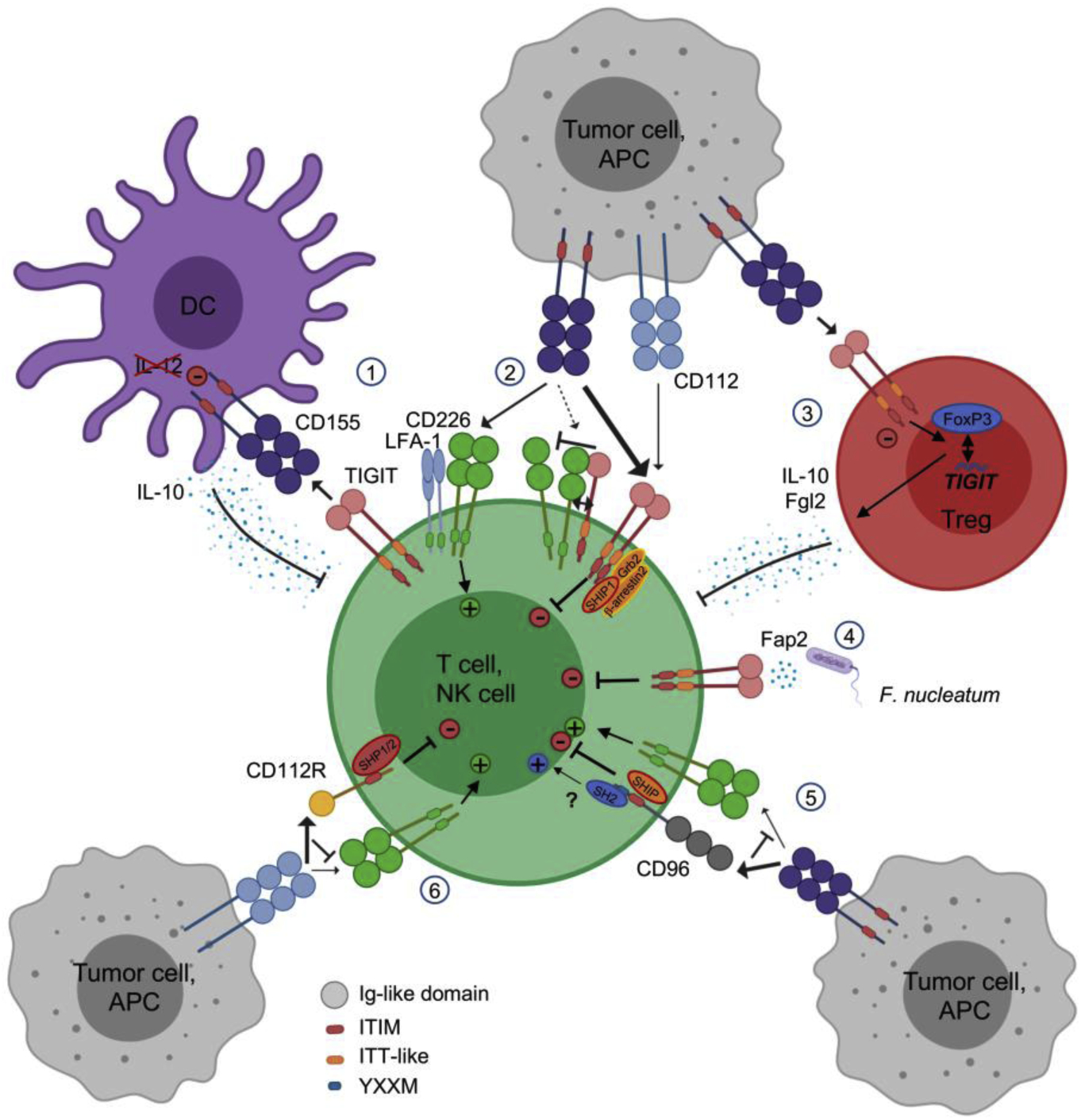Figure 2: TIGIT/CD96/CD112R inhibitory pathways.

1) CD155 engagement with TIGIT drives DCs into producing IL-10 instead of IL-12. 2) TIGIT competes with CD226, binds CD226 in cis to reduce its binding stability to CD155, and induces direct intrinsic inhibitory signal via Grb2, SHIP1, and β-arrestin recruitment at the ITT-like motif. 3) TIGIT engagement promotes Treg stability, Foxp3 binding to the TIGIT locus, and suppressive functions with the production of Fgl2 and IL-10. 4) Fap2 protein from F. nucleatum can bind TIGIT, triggering direct inhibitory signals in the TME. 5) CD96 competition with CD226 for CD155 dampens stimulatory signals and its ITIM binds SHIP1/2 adaptors to trigger inhibitory signals while its YXXM might bind SH2 to promote stimulatory signals in T cells. 6) CD112R competition with CD226 for CD112 dampens stimulatory signals and its ITIM binds SHP1/2 adaptors to trigger inhibitory signals.
